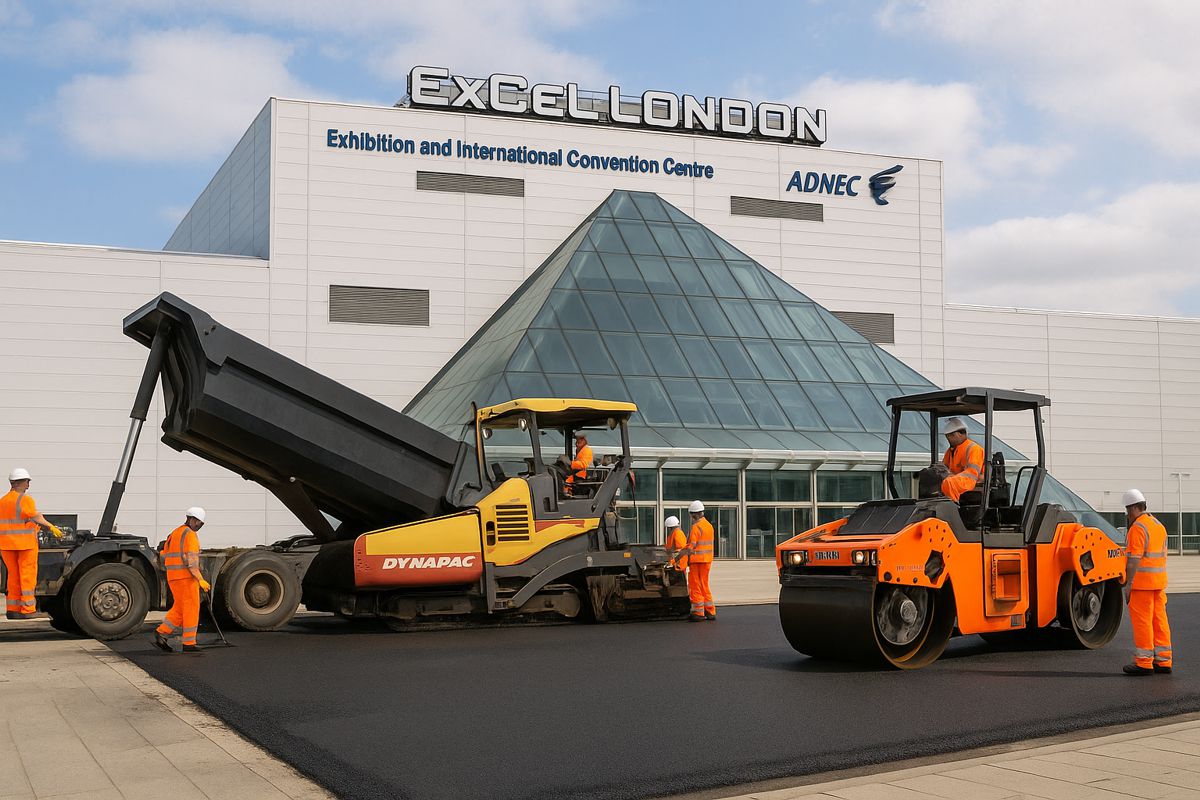The UK Road Infrastructure in urgent need of durable solutions
As the UK grapples with an escalating pothole crisis, questions arise about the efficacy of the government’s approach to road maintenance.
Despite the government’s promise of an additional £8 billion to address this issue, the RAC reports a disturbing increase in pothole-related incidents, with nearly 6,000 callouts recorded between July and September—the highest for any third quarter since 2006.
Prime Minister Rishi Sunak, acknowledging the severity, announced this substantial investment at this year’s Conservative Party conference. However, Joe Quirke, Chairman of Britpave, the infrastructure industry association, suggests that this might be a case of “throwing good money after bad.” Quirke argues that the UK’s reliance on thin asphalt surfaces is ill-suited for current demands, citing increased deterioration and the need for frequent unscheduled maintenance.
Today’s roads face challenges unheard of in the 1970s, such as heavier vehicle loads. Modern electric vehicle SUVs, often weighing over 3 tonnes due to their hefty batteries, significantly surpass the weight of the average family car of the 1970s, which barely tipped the scales over 1 tonne. Lorries, potentially weighing up to 48 tonnes, further exacerbate the strain.
Quirke highlights several robust, long-term solutions. He advocates for continuously reinforced concrete pavement with exposed aggregate and the Next Generation Concrete Surface, which promises the durability of concrete with reduced traffic noise. Additionally, low carbon concretes and the potential for 100% recyclability position concrete as a sustainable choice. Notably, concrete roads have a performance life of at least 40 years, in contrast to the 12-year lifespan of an average asphalt surface.
In the United States, a practical approach to this problem involves concrete overlays. Worn asphalt pavements are frequently rehabilitated with a 100-150mm concrete layer, sawn into 1m squares to resist cracking. This method has proved effective in heavily trafficked areas.
Quirke concludes by advocating for a shift in perspective. Instead of persisting with short-term fixes, he suggests investing in construction solutions that are “built right the first time.” Such an approach not only addresses current demands but also anticipates future challenges, offering a more sustainable and financially prudent strategy in the long run.
The UK, therefore, stands at a crossroads. Will it continue patching up an outdated system, or will it embrace more durable, forward-thinking solutions? The answer may well shape the future of its road infrastructure for decades to come.




















